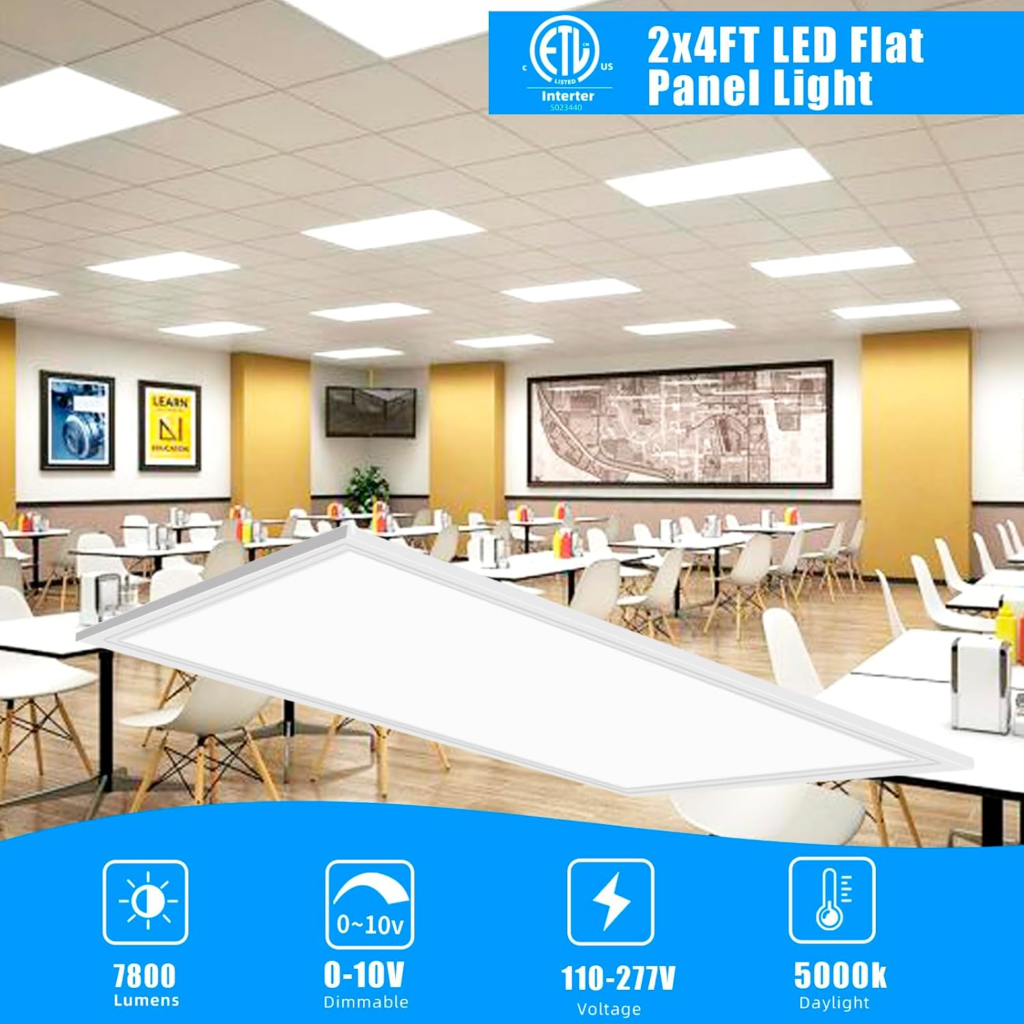Lighting retrofits are essential for optimizing energy efficiency, reducing costs, and improving sustainability across commercial, industrial, and institutional facilities. According to the International Energy Agency (IEA, 2022), lighting accounts for nearly 15% of global electricity consumption and contributes to 5% of worldwide CO₂ emissions. The U.S. Department of Energy (DOE, 2023) estimates that switching to energy-efficient lighting could lead to over $30 billion in annual energy savings.

Implementing LED lighting, smart controls, and high-efficiency fixtures can result in energy savings of up to 70%, aligning with ASHRAE 90.1, IES, and BEE energy standards. This guide outlines the benefits of lighting retrofits, key technical considerations, and how to evaluate financial returns using the Lighting Retrofit Calculator.
Lighting Retrofit Energy Savings Calculator
Lighting Retrofit Calculator – Energy Savings & Payback Analysis
Key Insights:
- Projected energy savings
- Potential cost reductions
- Payback period analysis
- Carbon footprint reduction
- Compliance with energy efficiency standards
Understanding Lighting Retrofits
A lighting retrofit involves upgrading outdated lighting systems to enhance energy efficiency, performance, and lifespan. Key retrofit measures include:
- Replacing inefficient lighting (fluorescent, halogen, HID) with LED alternatives
- Integrating automated lighting controls such as occupancy sensors and daylight harvesting
- Upgrading to electronic ballasts and dimmable lighting solutions
- Implementing smart lighting management systems for optimized energy use

Key Benefits of a Lighting Retrofit
- Energy Cost Reduction: Achieve up to 70% lower energy consumption
- Longer Lifespan: LED lights last 50,000 hours or more, compared to 5,000 hours for fluorescents
- Improved Light Quality: Consistent illumination enhances productivity and comfort
- Lower Maintenance Costs: LEDs require fewer replacements than traditional bulbs
- Environmental Impact: Reduces CO₂ emissions and supports sustainability
- Financial Incentives: Eligibility for tax credits and energy rebates
Using the Lighting Retrofit Calculator
The Lighting Retrofit Calculator is a tool designed for facility managers, energy consultants, and business owners to quantify cost savings, return on investment (ROI), and energy reduction.

How to Use the Calculator:
- Enter details of your current lighting setup (lamp type, wattage, number of fixtures, daily hours of operation).
- Select a new lighting system (LEDs, sensors, automation controls).
- Analyze cost savings by comparing energy usage before and after the retrofit.
- Get a detailed savings output, including payback period and carbon reduction estimates.
Case Studies: Proven Savings with Lighting Retrofits
Case Study 1: Empire State Building LED Retrofit
The Empire State Building underwent an extensive LED lighting retrofit, resulting in:
- $4.4 million in annual energy savings (NYC Energy Efficiency Report, 2023)
- 40% reduction in electricity consumption
- Lower carbon emissions, equivalent to removing 750 cars from the road
Case Study 2: Industrial Warehouse Retrofit
A large industrial warehouse replaced outdated metal halide high bays with LED alternatives.
Key Outcomes:
- 60% reduction in energy consumption
- Elimination of maintenance costs for five years
- Payback period of 18 months with rebates
Technical Considerations for Effective Lighting Retrofits
Performance Metrics for Selection
- Lumens per Watt (lm/W): Higher efficiency translates to lower energy consumption.
- Lux Levels: Ensures appropriate lighting intensity for various applications.
- Color Temperature (Kelvin): Tailored lighting tones for different environments.
- Occupancy & Daylight Sensors: Enhance efficiency through automation.
- Return on Investment (ROI): Evaluates cost-effectiveness over time.
Frequently Asked Questions (FAQs)
1. How much energy can be saved with a lighting retrofit?
Energy savings typically range from 50-70%, depending on existing fixtures, usage patterns, and lighting technology.
2. Are government incentives available for lighting retrofits?
Yes. Various national and regional programs offer rebates, tax incentives, and financing options. The EPAct 179D tax deduction in the U.S. provides up to $0.60 per square foot for energy-efficient lighting upgrades (IRS, 2023).
3. How do I select the best retrofit solution?
Consider efficiency ratings, lifespan, lighting automation options, and financial incentives to determine the most cost-effective retrofit plan.
4. Do lighting retrofits qualify for tax benefits?
Yes. Businesses can access accelerated depreciation and tax credits for energy-efficient lighting investments.
Conclusion: Achieve Cost Savings and Sustainability with Lighting Retrofits
Upgrading to energy-efficient lighting is one of the most effective ways to reduce operational costs, improve workplace conditions, and align with sustainability goals. Whether for commercial, industrial, or institutional facilities, a well-planned lighting retrofit can provide long-term economic and environmental benefits.
- Use the Lighting Retrofit Calculator to estimate potential savings and ROI.
- Download a customized savings report to assist with planning and rebate applications.
- Explore available financial incentives to maximize cost savings.
Expert Consultation
For tailored retrofit solutions, regulatory guidance, and technical support, contact The HVACLab Team.
Industry Standards and References
- ASHRAE 90.1: Energy Standard for Buildings Except Low-Rise Residential Buildings
- Illuminating Engineering Society (IES) Lighting Handbook
- Bureau of Energy Efficiency (BEE) India Standards
- International Energy Agency (IEA) Energy Efficiency Reports
- U.S. Department of Energy (DOE) Guidelines for Energy-Saving Retrofits
- IRS EPAct 179D Tax Incentives for Energy-Efficient Buildings
